Quang Ngai: Arrested suspect who attacked whole family over land conflict

4 | 1 Discuss | Share
When dusk fell on Lake Maracaibo, the winds began to rise, and a sudden flash of lightning tore through the humid air of the dark night. It's an all too familiar sight - happening at almost exactly the same time and place and repeating 300 days every year.
This unusual natural phenomenon occurs when the Catatumbo River flows into Lake Maracaibo - a large brackish water lake located in northwestern Venezuela. These lightning strikes repeat so often that they have been used by sailors as natural landmarks for centuries, commonly known as the "Maracaibo Beacon", or "Catatumbo Lightning".
Starting about an hour after sunset, lightning can strike the lake area up to 28 times per minute for up to 9 hours, making the sky as bright as day. With a total of more than 1.2 million lightning strikes each year, Lake Maracaibo certainly witnesses more lightning strikes than any other territory in the world. And of course, this remarkable atmospheric phenomenon has fallen under the radar of scientists and has become the focus of many studies.
Previously, methane and uranium gas deposits beneath the lake's surface were believed to be responsible for the formation of lightning on the lake. However, due to lack of evidence, this argument was rejected.
The lightning flashes in thunderstorms around the world are themselves produced by the same mechanism: rising and falling hot air is heated unevenly, leading to the generation of an electric field.
However, the reason Catatumbo Lightning is so regular and intense is due to the topography of the surrounding environment. Specifically, Lake Maracaibo is surrounded on three sides by mountain ranges, with the northern shore of the lake opening into the Gulf of Venezuela.
Here, the Caribbean Sea provides a constant stream of warm water, combined with moisture rising from the lake. When the Sun sets, a band of rapidly moving air is formed at an altitude of just 1km above the lake surface and from there produces thunder every day.
Lightning on Lake Maracaibo usually forms at the same time every evening. However, it tends to be less active in the dry season. In the first three months of 2010, lightning even disappeared due to a prolonged drought, leading to many concerns that this unique phenomenon would disappear forever.
Luckily, as summer ended, they reappeared. Since then, Catatumbo Lightning has always been an extremely powerful force of nature. In 2016, researchers discovered that they could predict the occurrence of Catatumbo Lightning several months in advance - something that cannot be done anywhere else in the world.
This result is like a savior for local people living here, who rely on fish from Lake Maracaibo to maintain their livelihoods. Before that, local people often lived in stilt houses and being struck by lightning was not something strange to them. Predicting the "direction" of lightning has helped people work in safer conditions.
In Vietnam there is also a similar place. The story of a mysterious village in Vietnam, where lightning has continuously fallen for many years, even being hit by lightning 15 times in one year, has caused confusion and curiosity for many people. Some people call this village "the village haunted by heaven", but what is the truth behind it? This mysterious village is located in Ra Manh village (Son Long commune, Son Tay district, Quang Ngai province).
This is a remote land, surrounded by mountains and forests, making people's lives extremely difficult. Statistics show that there are 17 households with 73 people, mainly living by farming. It is worth noting that people here often face the phenomenon of "celestial lightning" when struck by lightning. Both people inside and outside the village do not understand the cause, causing confusion when lightning strikes up to 15 times a year.
Many livestock and poultry did not survive due to lightning, sometimes even people were hit by lightning, their houses were damaged or people and property were lost. Many people in the Long Vot residential area were also almost hit by lightning. Because of this situation, households decided to leave the village to find another place to live. They moved to Mang Nach village (Ngoc Tem commune, KonPlong district, Kon Tum province) far away from the old village. Families with financial means have rebuilt their homes, while more disadvantaged households have had to live in temporary tents.
Many rumors have spread about this mysterious village, but some believe it may be because the village's remote location makes it difficult to ensure safety during stormy weather and lightning. Experts say that increased climate change, deforestation and population growth can also cause repeated lightning strikes.
About 70% of heavy rains with dangerous lightning occur in tropical areas, where there is large convective air flow. Falling lightning is the result of the interaction between two oppositely charged clouds, creating a large voltage difference.
Horrified by the testimony, the suspect attacked the whole family and made an oath 20 years ago 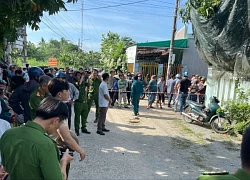 Thanh Phúc13:34:02 24/06/2024The incident that happened in Quang Ngai, where the man, his wife and their two children were mercilessly attacked just because of a land conflict, is a story that is shocking netizens. Even more terrifying was the suspect's testimony before the authorities.
Thanh Phúc13:34:02 24/06/2024The incident that happened in Quang Ngai, where the man, his wife and their two children were mercilessly attacked just because of a land conflict, is a story that is shocking netizens. Even more terrifying was the suspect's testimony before the authorities.

4 | 1 Discuss | Share

1 | 1 Discuss | Share

1 | 2 Discuss | Share
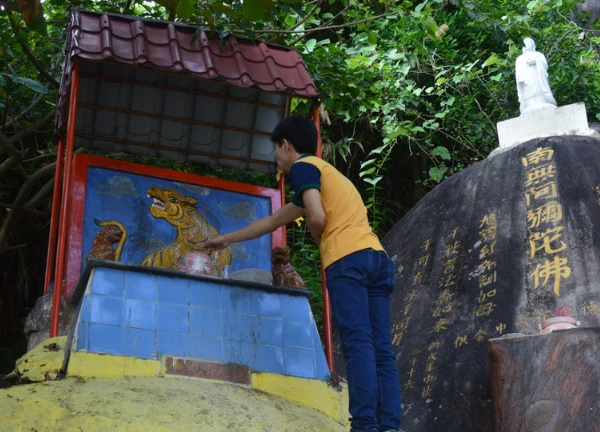
4 | 1 Discuss | Share

2 | 1 Discuss | Share
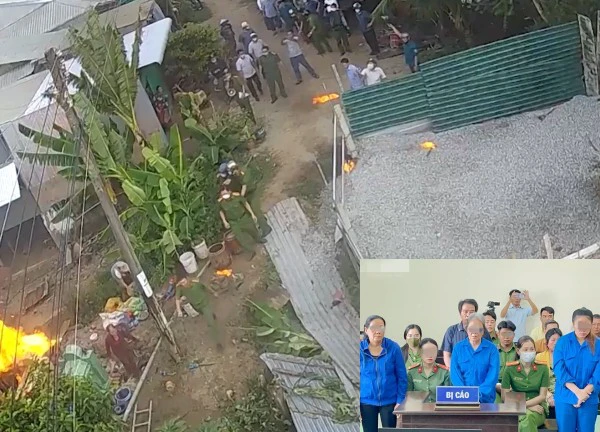
1 | 1 Discuss | Share
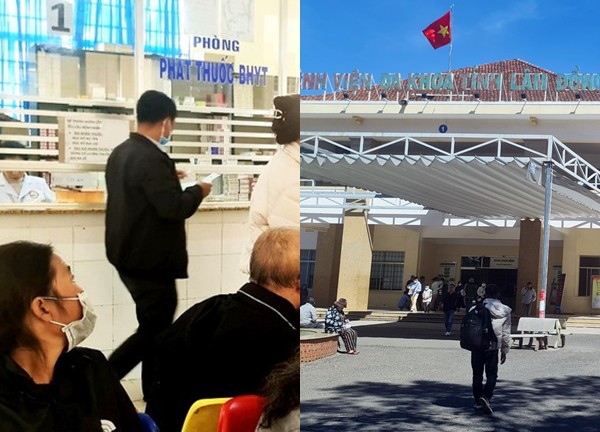
1 | 1 Discuss | Share
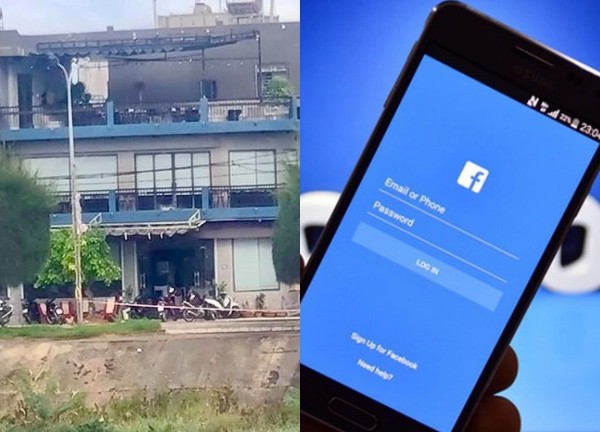
3 | 0 Discuss | Share

2 | 0 Discuss | Share

4 | 0 Discuss | Share

5 | 0 Discuss | Share

1 | 0 Discuss | Share



2 | 1 Discuss | Report